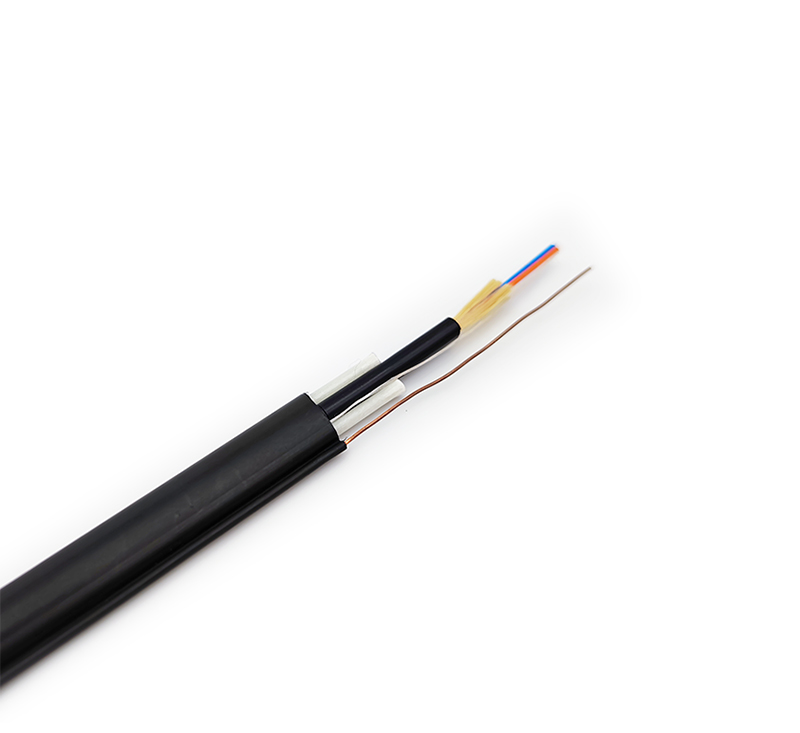Although optical fiber transmission brings a lot of convenience, its shortcomings cannot be ignored.
Fragility: Usually fiber optic cables are made of glass, which makes them more fragile than wires. Additionally, glass is affected by various chemicals, including hydrogen (a problem in underwater cables), so it needs to be more careful when deployed underground.

Installation Difficulty: The splicing of fiber optic cables is not easy. If you bend them too much, they will break. And the optical cable is easily cut or damaged during installation or construction. All of these make installation difficult.
Attenuation & Dispersion : As the transmission distance increases, the light is attenuated and dispersed, which requires adding additional optical components such as EDFA.
Costs higher than copper: Even though fiber installation costs have dropped by as much as 60 percent annually, installing fiber optic cables is still relatively higher than copper cabling. Because copper cable installation does not require as much care as fiber optic cables. However, fiber is still entering the local loop and enabling broadband access to users and end users through technologies such as FTTx (Fiber to the Home, Premises, etc.) and PON (Passive Optical Network).










